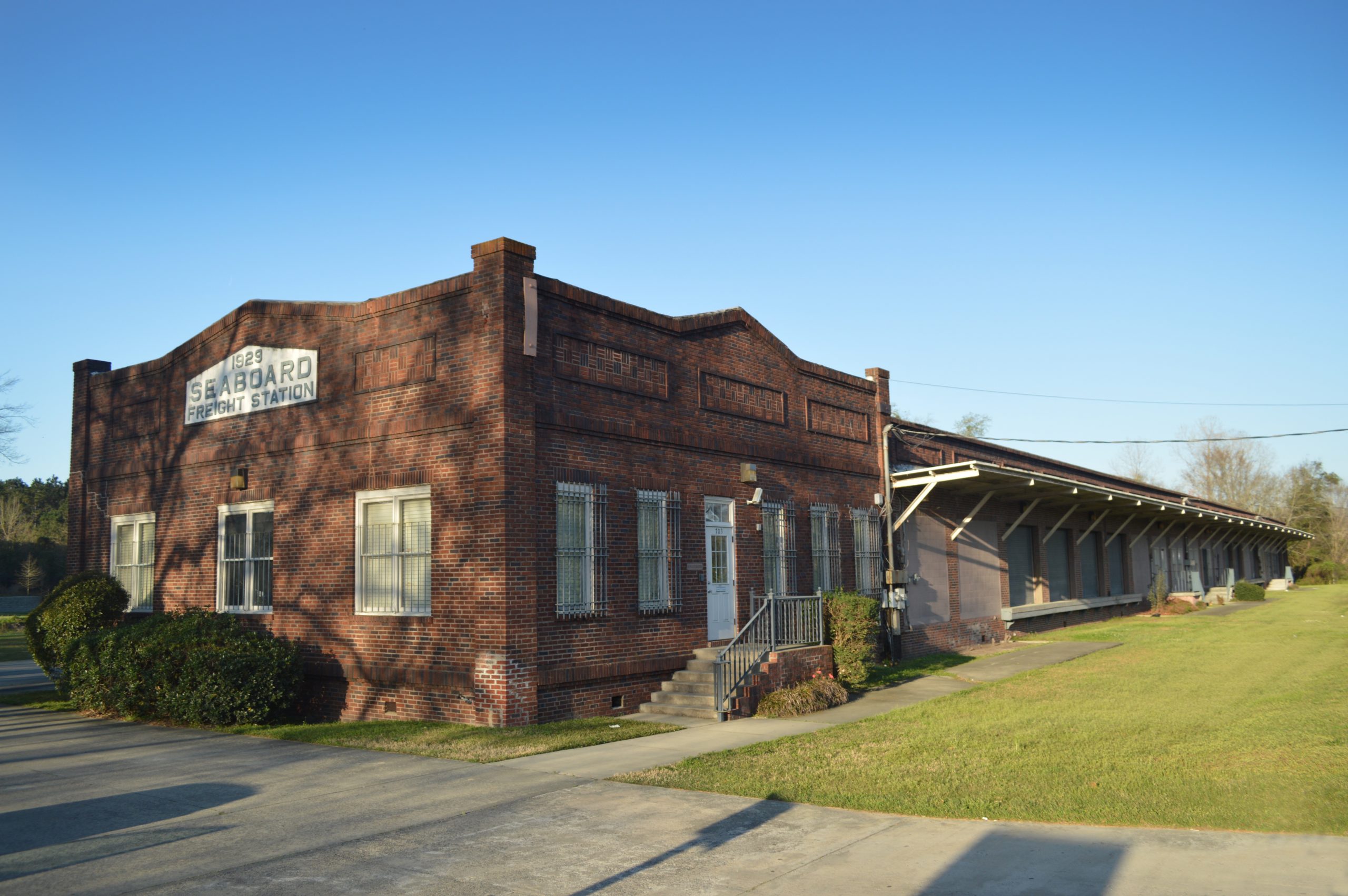
When one thinks of historic preservation in Savannah, it may be tempting to ask whether it is still relevant. After all, at least in four of Savannah’s historic districts, strong ordinances are in place to protect historic buildings from demolition or inappropriate alterations. Isn’t saving historic buildings the point? Aren’t they already saved?
Certainly, at the beginning of the historic preservation movement in Savannah, as elsewhere in the country, saving historic buildings was the main focus. In the 1950s and 1960s in particular, Savannah saw the alarming destruction of a number of historically significant buildings, often in deference to the automobile. Examples include Union Station, City Market, and (almost) the Davenport House. Of course, it was the near demolition of the Davenport House that galvanized the community into the formation of Historic Savannah Foundation.
Other economic factors were also impacting historic buildings at the time. The desire to “modernize” the city center led to the loss of historic buildings such as the Desoto Hotel. That same trend led directly to the “wrapping” of most Broughton Street facades with inappropriate materials to resemble the new malls in the suburbs.
Demolition by neglect was a serious threat to historic buildings, as so many buildings downtown were vacant and dilapidated. The popular response at the time was to clear the land.
Fortunately, at least in the downtown area (more on other areas later), these challenges have been largely resolved. But just as one challenge is quietly (or sometimes loudly) put to bed, another new challenge emerges…
In more recent times, challenges have included the proliferation of large, out-of-scale new construction. While not necessarily requiring the demolition of historic buildings, these intrusions can have a major impact on the overall character and integrity of the district as a whole. Major overhauls of the Historic District Ordinance in 2009 and 2018 occurred largely in response to this trend.
Similarly, other contemporary trends have not directly threatened historic resources, yet have the potential, if not properly managed, to degrade the overall character of the district. These include things like cruise ship terminals, double-decker buses, and an over-proliferation of short-term vacation rentals.
Present and near-future challenges include incorporating sustainable technologies into historic buildings, preparing for and mitigating climate change, and addressing the concerns outlined in the 2018 National Park Service’s Integrity and Condition Assessment of the Savannah National Historic Landmark District which downgraded its status from “Satisfactory” to “Threatened.”
Outside the National Historic Landmark District, challenges are still very real and serious. As the Landmark District’s property values have increased, development pressures have spread to adjacent neighborhoods. Taller, larger footprints are becoming more common place in more modest neighborhoods, without ordinances in place to adequately regulate the scale of new development. In fact, the vast majority of Savannah’s National Register Historic Districts (both listed and eligible) have no protections in place at all to prevent demolitions, inappropriate alterations, or out-of-scale new construction. Demolition-by-neglect continues to be an active and destructive force in many historic neighborhoods like Cuyler-Brownville and Eastside. There are hundreds of early and mid-20th century structures that are far outside of any formal district – from Johhny Harris’ Restaurant on Victory Drive (torn down in 2017), to the 1929 Seaboard Freight Station on Louisville Road (partial demolition approved in 2019), to the eccentric globe on DeRenne Ave., to the mid-century modern Krispe Kreme on Skidaway Road. All part of the historic fabric of Savannah, and all are vulnerable.
Fortunately, the historic preservation community has responded nimbly to the ever-evolving social, political, economic and physical changes. While it’s not possible to proactively predict every new trend that will potentially impact the district, non-profits like Historic Savannah Foundation, and city planners are attempting to do just that. Saving historic buildings is still critical to the preservation movement, but the focus has moved to the more holistic goal of protecting the overall character and integrity of our historic districts. In this regard, historic preservation matters more than ever.

Ellen I. Harris, LEED AP, AICP is a co-founder and principal of Ethos Preservation. She can be reached at [email protected].




